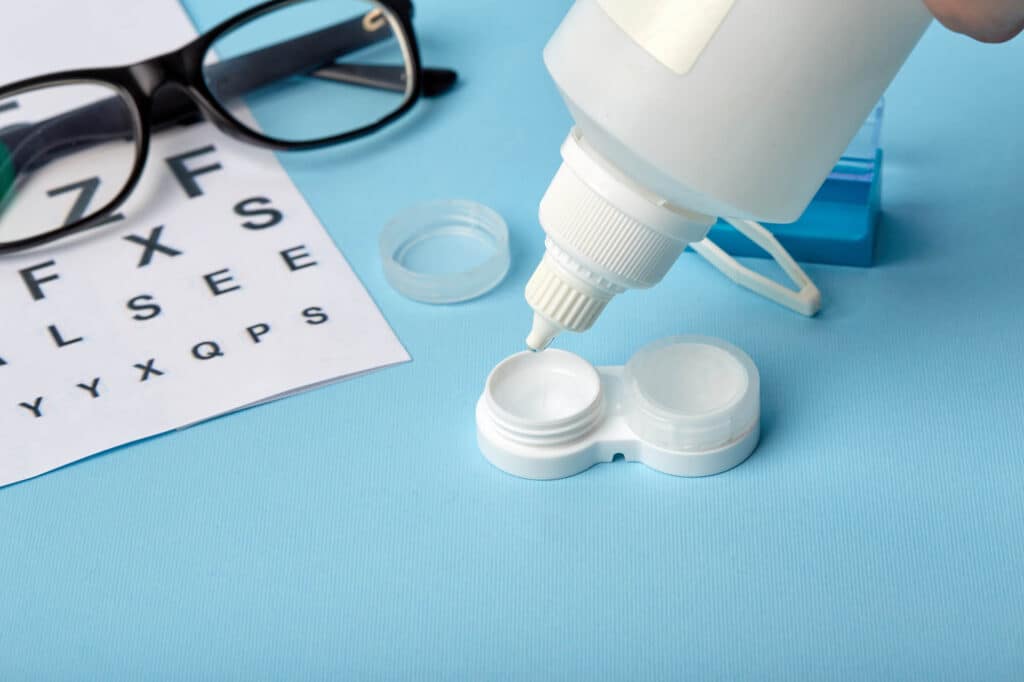Introduction
Amyotrophic Lateral Sclerosis (ALS), also known as Lou Gehrig’s disease, is a progressive neurodegenerative disorder that affects the nerve cells responsible for voluntary muscle control. As motor neurons degenerate, patients develop muscle weakness, loss of coordination, and ultimately paralysis. While ALS primarily affects the limbs, respiratory system, and swallowing function, it can also involve the muscles around the eyes and eyelids, particularly in advanced stages.
Blinking is essential for distributing tears, maintaining moisture, supporting a healthy ocular surface, and preserving clear vision. Eyelid muscle weakness associated with ALS results in impaired blinking or an inability to fully close the eyes, leaving the surface of the eye exposed causing tears to evaporate off the cornea and ocular surface leading to dryness and irritation. In cases where blinking is completely absent, the ocular surface tissue desiccates and ulcerates leading to severe pain and progressive vision loss.
These complications, collectively referred to as exposure keratopathy, exposure keratitis, or exposure keratoconjunctivitis, can significantly impair vision and quality of life. While lubricating drops and ointments may offer temporary relief, they require frequent application, temporary blurred vision, and may not provide adequate protection. In severe cases, surgical intervention such as tarsorrhaphy may be necessary. Scleral lenses offer an alternative non-surgical treatment for ALS patients suffering with exposure.
How Scleral Lenses Help
Scleral lenses are large-diameter, gas-permeable lenses that cover the majority of the ocular surface. They act as a protective dome and create a sealed chamber on the eye that is filled with preservative-free saline. This fluid reservoir provides continuous hydration and promotes healing.
For patients with ALS, scleral lenses act as a barrier against environmental exposure, relieve associated pain, and decrease the need for frequent topical lubrication. They also improve visual clarity, which can enhance the performance of eye-tracking communication and control systems.
Patient and Caregiver Considerations
Scleral lens therapy for patients with ALS requires a team care approach and ongoing support. As many patients depend on caregivers for application, removal, and daily maintenance, successful outcomes with scleral lens therapy rely on proper training and long-term follow up. At the Cornea and Laser Eye Institute, we regularly care for patients with advanced ALS to provide comprehensive scleral lens therapy, including hands-on training for caregivers. To learn more about scleral lenses for ALS patients, contact our team of eye care professionals today.





